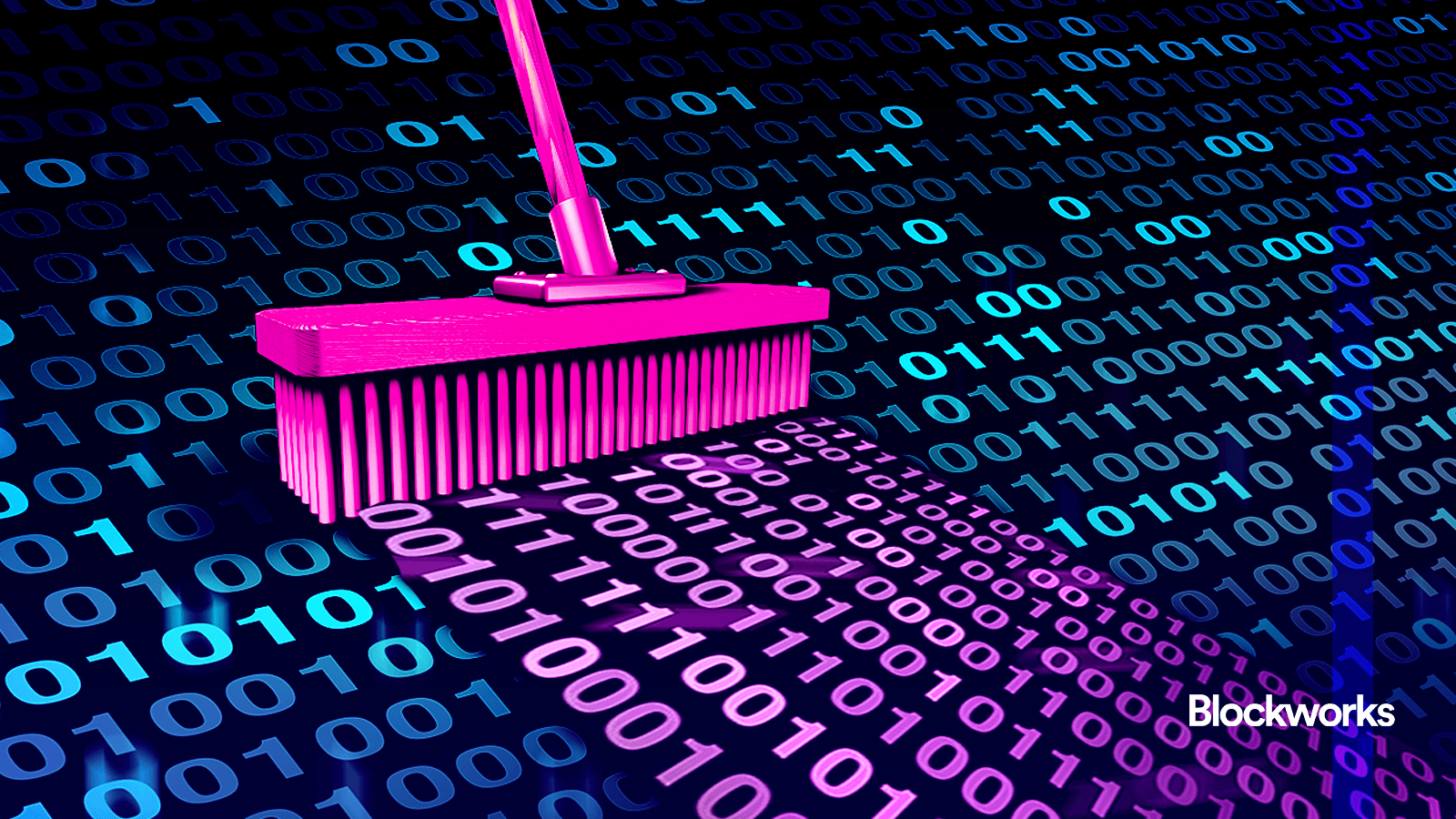Techno-optimism and problems as a conduit of progress
With every generation, new problems arise — usually caused by the previous generation’s solutions

Lightspring/Shutterstock and Adobe modified by Blockworks
This is a segment from The Breakdown newsletter. To read full editions, subscribe.
“No problems, no progress.”
— Kevin Kelly
Large portions of the world wide web, including services like X, ChatGPT, Uber and Spotify, were inaccessible for hours yesterday morning because Cloudflare, a content delivery network, had an “outage” — just weeks after a similarly debilitating outage caused by AWS.
We did not have these problems when every website was hosted on a dedicated server, often in someone’s basement.
Back then, however, the sites were slow to load and quick to crash.
CDNs like Cloudflare were designed to fix this. Instead of every website fighting for itself, we now route traffic through a kind of virtual switchboard that caches content globally (solving latency) and absorbs threats like DDoS attacks (solving security and availability).
It worked.
The web has become incredibly fast, secure and reliable, and services like ChatGPT and Uber can scale without burning scarce capital on redundant infrastructure.
Last morning’s events suggest it might have worked too well.
Most of the modern web now runs on three cloud providers and a few dominant content delivery networks, which have created single points of failure in what was once a decentralized system.
As a result, we have massive, internet-wide blackouts instead of sporadic, isolated crashes.
This is the typical way that technology develops.
As Kevin Kelly explains, “Most of the problems we have today are created by the solutions we had in the past.”
The problem of widespread hunger, for example, was solved by industrialized farming — but now food is so cheap and industrialized we have an epidemic of obesity.
The problem of routine infections becoming deadly was solved by antibiotics, but now we have antibiotic-resistant superbugs.
The problem of near-universal poverty was solved by fossil fuels, but now we have the problem of climate change.
If it seems like there are ever more of these technology-induced problems, that’s because there probably are.
In the same way that one scientific answer gives rise to several new questions, one technology solution gives rise to several new problems.
“There will be more problems because new solutions create many more problems,” Kelly explains.
But this is good news, not bad.
“Problems don’t impede progress,” Kelly says; just the opposite: “Problems are the conduit of progress.”
Progress, he adds, is not the process of eliminating problems, but of upgrading them.
Obesity is an upgrade relative to starvation, for example, and climate change is an upgrade relative to near-universal poverty.
Therefore, the increasing complexity of our problems is not a cause for despair, but a measure of the progress we’re making.
Even when these upgraded problems seem too complex, Kelly assures us they won’t be for long: “We can trust the fact that future generations will be able to solve problems that we cannot ourselves.”
In other words, the problems born from solving the last generation’s problems will be solved by the next, because each succeeding generation is more capable than the last.
Now, let’s do crypto.
Mo solutions mo problems
Whereas: Problems are the engine of technological progress.
Resolved: Technologies with the most problems will do the most good.
If problems are good, then crypto — by the transitive property of equality — must be great.
Crypto has lots of problems! And all of its own creation.
But it’s worth remembering that, as with any technology, these new problems arose as solutions to previous problems:

Kevin Kelly’s dictum that there’s “no progress without problems” is unfortunately not a law of physics, so there’s no guarantee that crypto will find solutions for all these new problems it’s created.
But there are reasons to share Kelly’s techno-optimism and belief that this is all for the best.
In the case of the world wide web, for example, we solved the frequent, small inconveniences of decentralized Web1 with a solution that created the rare but large-scale outages of centralized Web2.
And the solution to that problem might be to re-decentralize the internet…with crypto!
At its best, Web3 might be seen as solving the problems that Web2 created in solving the problems of Web1.
That, too, would cause all new problems, I’m sure.
We should welcome them.
Get the news in your inbox. Explore Blockworks newsletters:
- The Breakdown: Decoding crypto and the markets. Daily.
- 0xResearch: Alpha in your inbox. Think like an analyst.






